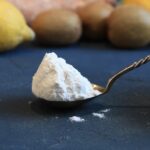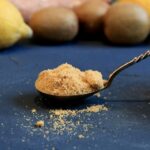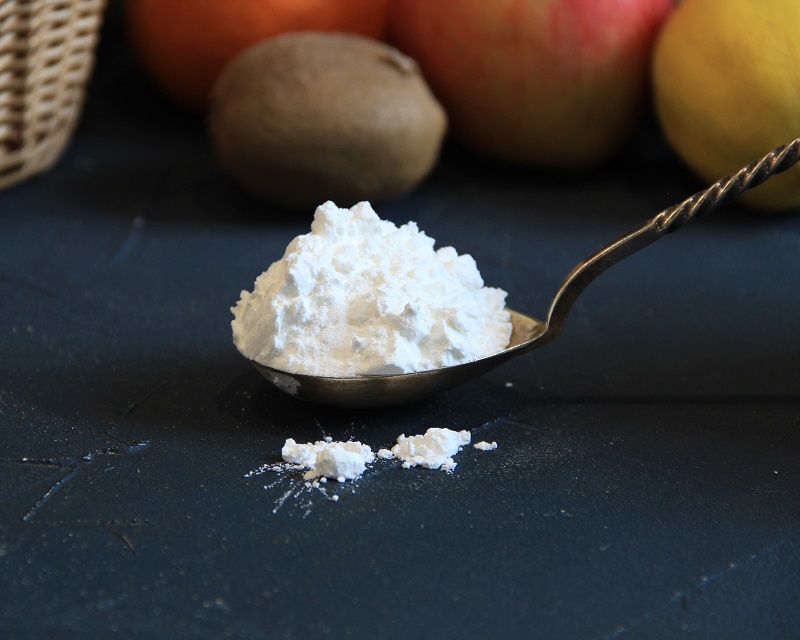

Organic tapioca starch
From 0.96€


Organic tapioca starch (flour)
Tapioca (Manihot esculenta) flour, also known as tapioca starch, is a popular gluten-free alternative to wheat flour derived from cassava, a starchy tuber native to South America. Tapioca flour has gained popularity in recent years due to its versatility and suitability for a wide range of dietary needs.
The high starch content of tapioca flour makes it an effective thickener for soups and sauces.
Tapioca flour is suitable for those with various dietary restrictions. They do not contain common allergens such as wheat, dairy, nuts and soya.
Attention
Tapioca flour is calorie-dense and should be consumed in moderation, especially if you are watching your calorie intake.
Use of
Tapioca flour can be used to make gluten-free bread, muffins, pancakes, biscuits and cakes. It gives baked goods a light texture.
It is an excellent thickener for sauces, gravies and puddings. To use tapioca starch as a thickener, mix them with a small amount of cold liquid before adding to the hot mixture.
Tapioca flour can be used as a gluten-free alternative to breadcrumbs.
Tapioca flour is used in many gluten-free flour blends to mimic the texture of wheat flour.
When used consciously and in moderation, tapioca flour can open up a world of culinary possibilities for those seeking gluten-free alternatives.
Tapioca starch has no specific taste or smell and therefore does not alter the taste of dishes.
NOTE. The information contained herein should not be construed as a recommendation for treatment or other health issues. We encourage you to make personal decisions about your personal health, taking into account a wide range of sources of information.
100% tapioca starch
Energy 1519 kJ / 358 kcal
Fat: 0.02 g
- Of which saturated: 0 g
Carbohydrates: 89 g
- Of which sugars: 3.4 g
Fiber: 0.9 g
Protein: 0.2 g
Salt: 0 g
Store in a cool, dry place.

